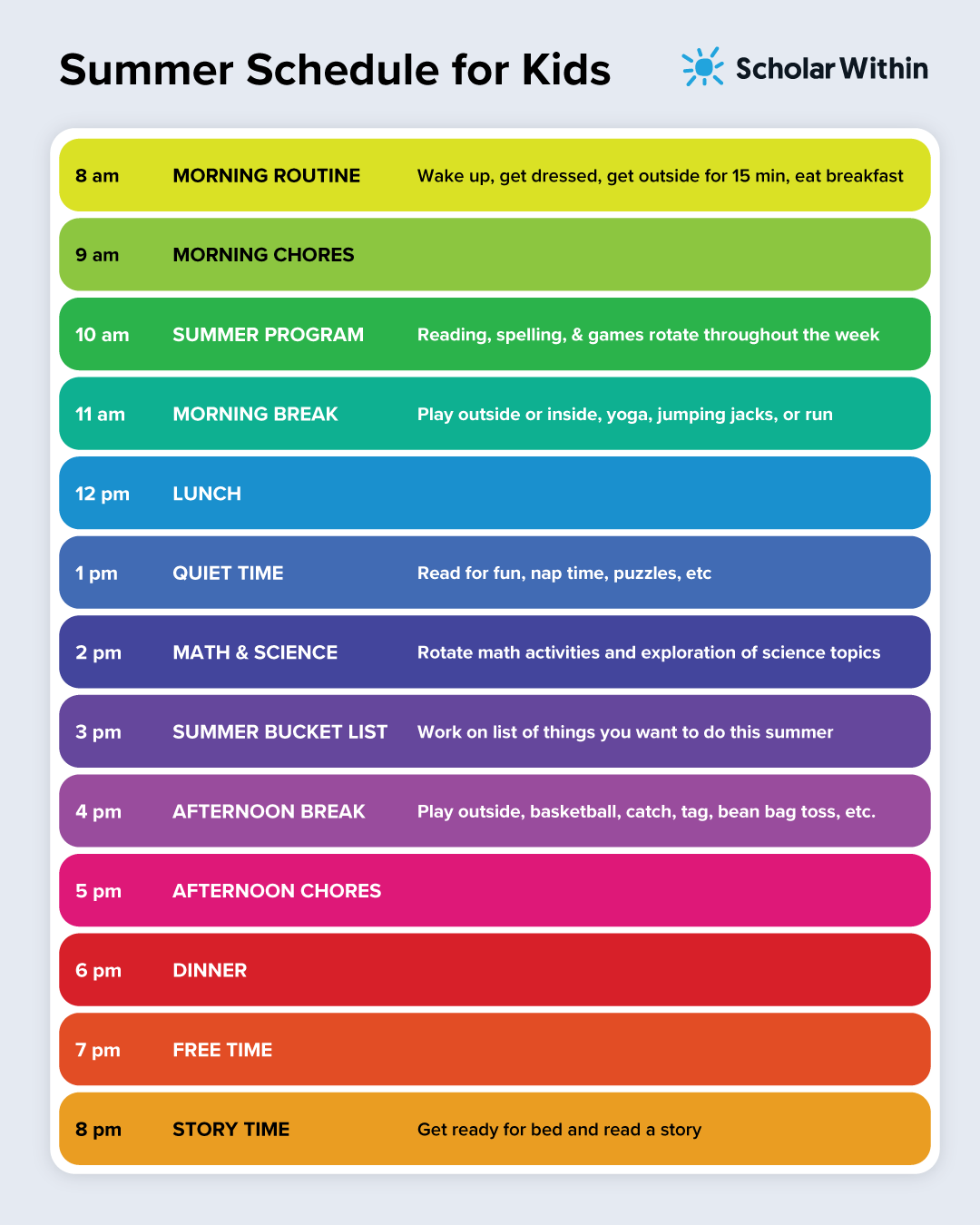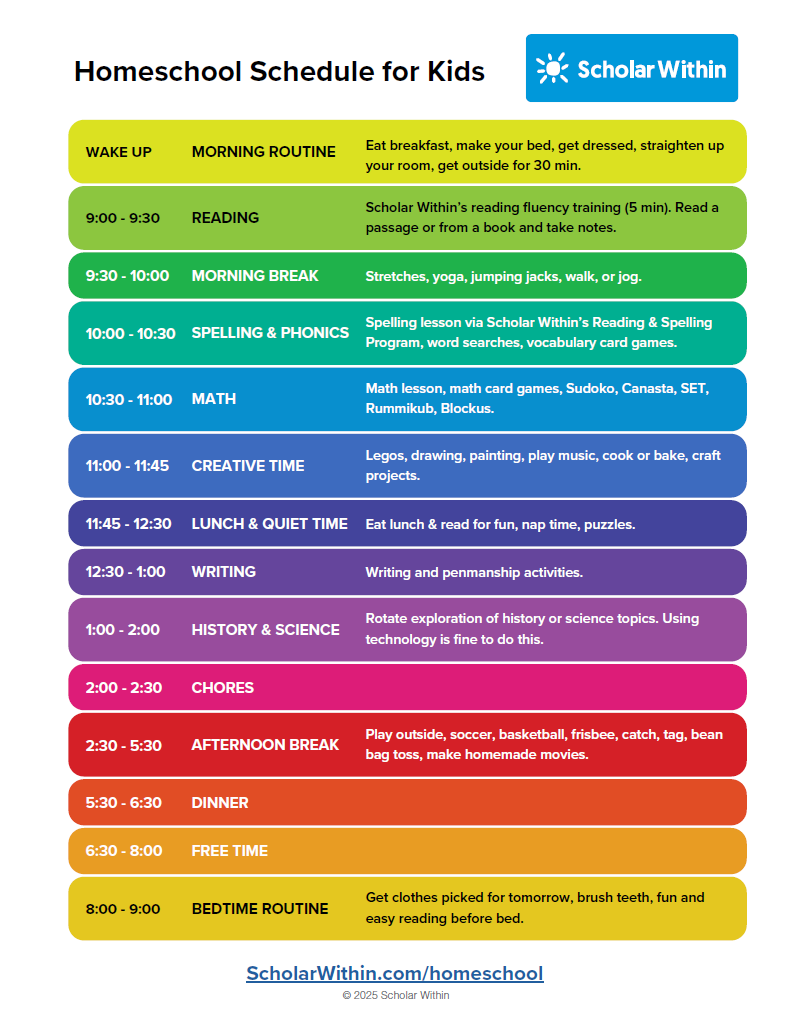Read-aloud Technology for Kids – Tap to Read
Learning to read just got easier with Scholar Within’s new online read-aloud text feature.
Try the new Tap to Read – read-aloud technology from Scholar Within

Try one of the reading passages below to try out the feature. Press the play button or tap on words to hear the words aloud.
Reading Selection
 Level 1 (Track A)Ducks on the Pond
Level 1 (Track A)Ducks on the PondReading along with our new online read-aloud feature builds reading speed, accuracy, and comprehension faster! The read-aloud feature has a friendly tone of voice that makes for a great article or selection to read. Text to speech has never sounded this good before. This new tool also builds your pronunciation skills, too!
Tap to Read is available in Scholar Within’s Reading Program.
Learn more about the reading program
Benefits of Scholar Within’s Tap to Read – Read-aloud Feature for Kids
- Builds language skills
- Makes the written text come alive by having voice audio files that go along with it
- Listening skills improve
- Improves comprehension
- Builds vocabulary
- Spoken words make the reading passages come alive
- Provides modeling of fluent reading
- Provides a model of great reading intonation, pronunciation, cadence, and prosody
Additionally, our text-to-speech reader has…
- Natural sounding voices, goodbye robot speech!
- Pronunciation of unfamiliar words
- Text to speech settings
- A variety of audio settings
- Ability to adjust the reading speed
- Ability to highlight words and sentences as they are being read
- Pause button to pause the reader at any time
- Adjust the volume of your speakers if you want loud text
Also, the new reader lets you…
- Change the font
- This can be critical for beginning readers!
- Change the text size
World’s Best Text to Speech Reader
We created this new speech reader to be intuitive for students of all ages to be able to use. Students can also tap play to hear the current text to work on fluency and intonation, or they can read the text and tap on words that they may not know to hear them. Younger readers can adjust the voice speed to be slower, or they can play it at the default speed to work on auditory comprehension.
One of the difficulties beginning readers have is when they see new words that do not follow the phonetic pronunciation patterns. Think of the word chaos. If you were to show this word to a beginning reader who has never seen the word before, how do you think they would pronounce it? For words that students are unsure about, students can simply tap on the word to hear it read aloud.
One method that we’ve seen to help students is to have a student listen to the reading selection first and then to read the selection aloud on their own. This helps them model the intonation, hear any words they may not be familiar with, and to set them up for success.
Try to mix up how students read and listen to reading passages, whether they read a selection first silently on their own, then listen to it with word and sentence highlighting, and then to read the selection aloud on their own can improve overall reading abilities. By listening to reading passages, students are able to better model how reading passages should be read aloud with proper intonation, cadence, and prosody.
Research Behind Read-aloud Text
“Becoming a Nation of Readers” Report
In the 1985 “Becoming a Nation of Readers” report, it was advised that reading aloud to young children was the “single most important activity for building the knowledge required for eventual success in reading” (Anderson, Hiebert, Scott, & Wilkinson, 1985, p.23). In fact, the commission stressed that reading aloud with both elementary students and older students increases academic performance for all ages. “It is a practice that should continue throughout the grades.”
Reading Aloud Strategy 2014 Study
According to the results of the 2014 Reading Aloud Strategy study by Mohammed Alshehri, the read-aloud strategy showed positive effects on the development and improvement of older students’ comprehension. In fact, the students that participated were able to connect their own experiences and personal knowledge with the daily texts, Then they were able to share their opinions and demonstrate a high level of understanding.
Reading Together: A Successful Reading Fluency Intervention
The 2014 Reading Together Intervention study by Young, Mohr, and Rasinski, “demonstrated increased reading expression, reading rate, and overall reading scores.” The reading together intervention is a process where students read along with someone or with the Tap-to-Read technology. This process uses the neuro-impress method which aids students in pronunciation, prosody, and fluency. The results indicated that Reading Together “had a large effect on students’ increase in word recognition automaticity (words read correctly per minute) and their prosodic reading as measured by their oral reading performance using the Multidimensional Fluency Scale (MFS).”
The Efficacy of Assistive Technology on Reading Comprehension 2012 Study
“Elkind examined the effectiveness of using speech synthesis during reading tasks on reading performance for post-secondary students with dyslexia. Their results showed participants not only demonstrated improved reading rates and comprehension but also increased their ability to sustain attention while reading.”
- Kim Floyd, et. al., The Efficacy of Assistive Technology on Reading Comprehension for Postsecondary Students with Learning Disabilities (2012)
When will this new read-aloud feature be available?
This feature is available now for over 400 reading passages for 1st grade all the way through 8th grade.
Comments or Questions?
We’d love to hear what you think about the new feature. Please send us a note here.











